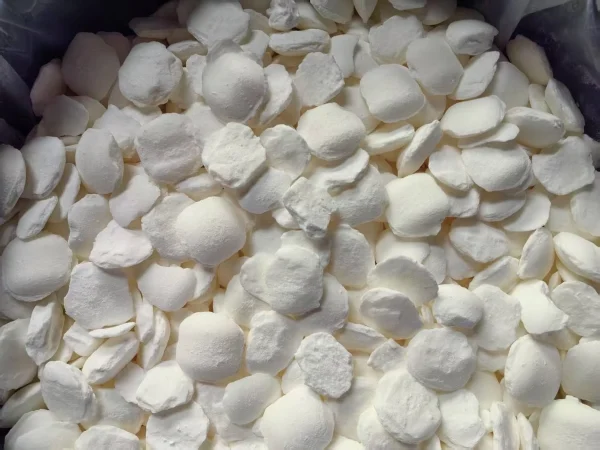
Sodium cyanide, a highly toxic compound, poses significant risks to human health. Understanding the appropriate first aid measures in case of exposure is crucial for minimizing harm and ensuring safety.
Sodium cyanide appears as white granules or powder and emits a faint bitter almond odor. Despite its seemingly innocuous appearance, it is extremely dangerous. Even a small amount, when coming into contact with skin wounds, being inhaled, or ingested, can lead to fatal poisoning. The toxicity of sodium cyanide lies in its ability to interfere with the body's cellular respiration process, preventing cells from utilizing oxygen effectively, which can rapidly cause organ failure and death.
Skin Contact
If your skin comes into contact with Sodium Cyanide, immediate action is essential. First, promptly remove any clothing contaminated by Sodium cyanide. This step is crucial as it prevents further absorption of the toxic substance through the skin. Then, thoroughly rinse the affected area with copious amounts of clean water or a 5% sodium thiosulfate solution for at least 20 minutes. The water helps to physically wash away the sodium cyanide, while the 5% sodium thiosulfate solution can chemically react with the cyanide to reduce its toxicity. After rinsing, seek immediate medical attention without delay. Medical professionals have the necessary expertise and equipment to further assess the extent of exposure and provide appropriate treatment, such as administering specific antidotes if required.
Eye Contact
When sodium cyanide gets into the eyes, it can cause severe irritation and potential long - term damage. Immediately flush the eyes with clean water or normal saline solution for a minimum of 15 minutes. Ensure that the fluid flows gently but continuously across the eyes, covering the entire surface, including the inner corners and under the eyelids. This flushing action helps to remove the sodium cyanide from the eyes and reduce the risk of chemical burns and other eye injuries. After the flushing process, make your way to a medical facility as quickly as possible. Eye injuries caused by sodium cyanide need to be evaluated and treated by ophthalmologists to prevent complications like vision loss.
Ingestion
In the unfortunate event of ingesting sodium cyanide, do not panic but act quickly. First, drink a sufficient amount of warm water to dilute the concentration of sodium cyanide in the stomach. Then, induce vomiting under appropriate circumstances. However, it is important to note that inducing vomiting should not be attempted if the victim is unconscious, having seizures, or showing signs of a severe allergic reaction, as it may cause choking or further harm. After inducing vomiting (if appropriate), immediate gastric lavage is necessary. Gastric lavage involves using a tube inserted into the stomach to wash out the remaining sodium cyanide. This procedure should be carried out in a medical setting by trained professionals. Following gastric lavage, the patient will require close monitoring and further medical treatment to address any potential internal organ damage and to reverse the effects of poisoning.
In conclusion, sodium cyanide exposure is a serious and life - threatening situation. Knowing the correct first aid procedures for skin contact, eye contact, and ingestion can make a significant difference in saving lives and reducing the severity of injuries. In any case of suspected sodium cyanide exposure, always prioritize seeking professional medical help promptly while carrying out the initial first aid measures at the scene.
- Random Content
- Hot content
- Hot review content
- Industrial Grade Sodium Metabisulfite 96.5%
- High-strength Shock tube(VOD≧2000m/s)
- Digital Electronic Detonator(Delay time 0~ 16000ms)
- 99.5% min Ammonium Chloride For Industrial Use
- Antimonium Tartrate Potassium
- Calcium Chloride 74% Flakes
- Caprylic/capric triglyceride
- 1Discounted Sodium Cyanide (CAS: 143-33-9) for Mining - High Quality & Competitive Pricing
- 2China's New Regulations on Sodium Cyanide Exports and Guidance for International Buyers
- 3Sodium Cyanide 98% CAS 143-33-9 gold dressing agent Essential for Mining and Chemical Industries
- 4International Cyanide(Sodium cyanide) Management Code - Gold Mine Acceptance Standards
- 5China factory Sulfuric Acid 98%
- 6Anhydrous Oxalic acid 99.6% Industrial Grade
- 7Oxalic acid for mining 99.6%
- 1Sodium Cyanide 98% CAS 143-33-9 gold dressing agent Essential for Mining and Chemical Industries
- 2High Quality 99% Purity of Cyanuric chloride ISO 9001:2005 REACH Verified Producer
- 3Zinc chloride ZnCl2 for High Molecular Weight Polymers Initiator
- 4High Purity · Stable Performance · Higher Recovery — sodium cyanide for modern gold leaching
- 5High Quality Sodium Ferrocyanide / Sodium Hexacyanoferr
- 6Gold Ore Dressing Agent Safe Gold Extracting Agent Replace Sodium Cyanide
- 7Sodium Cyanide 98%+ CAS 143-33-9

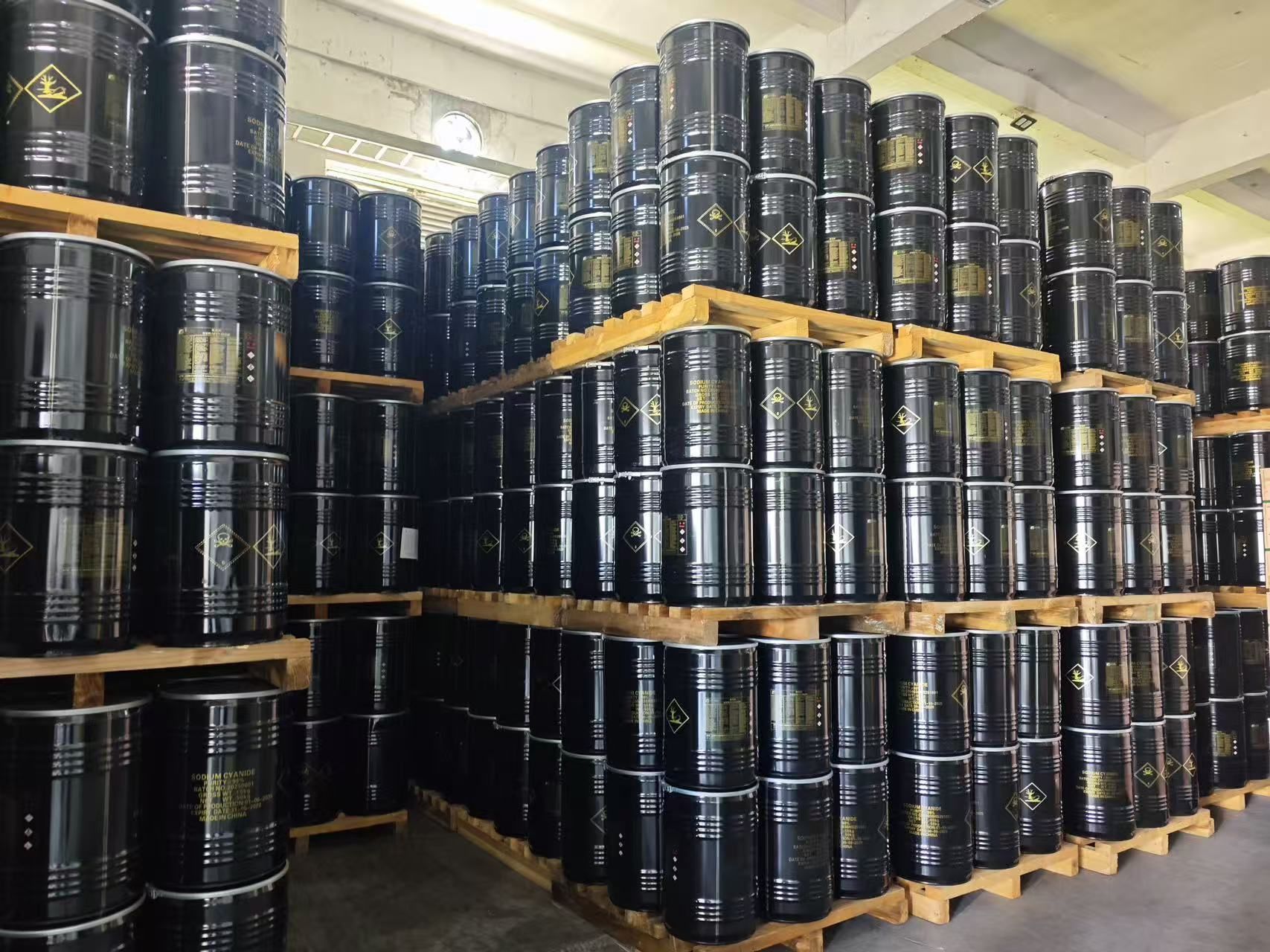
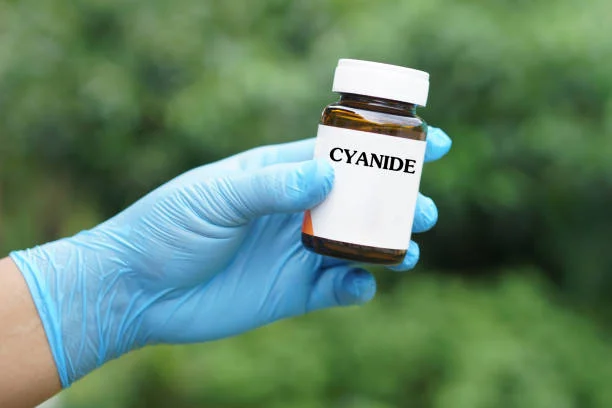
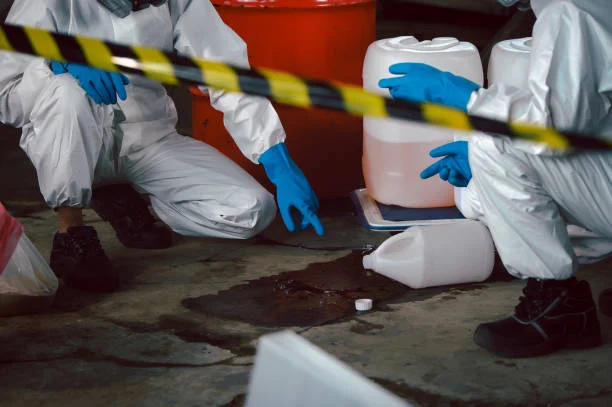
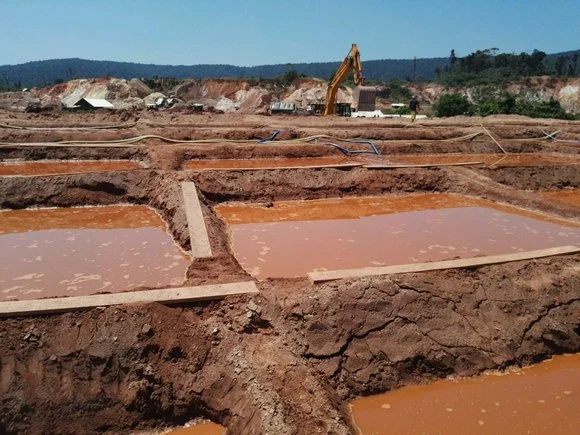
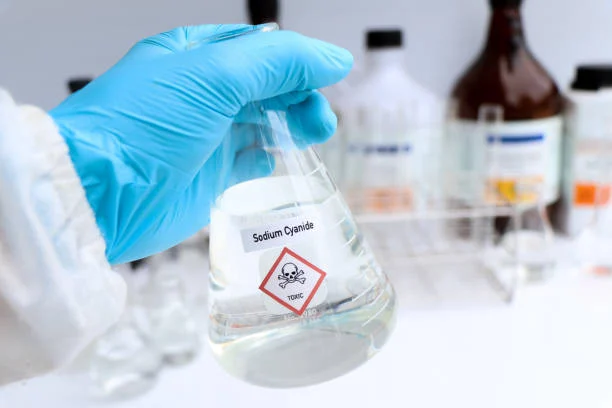


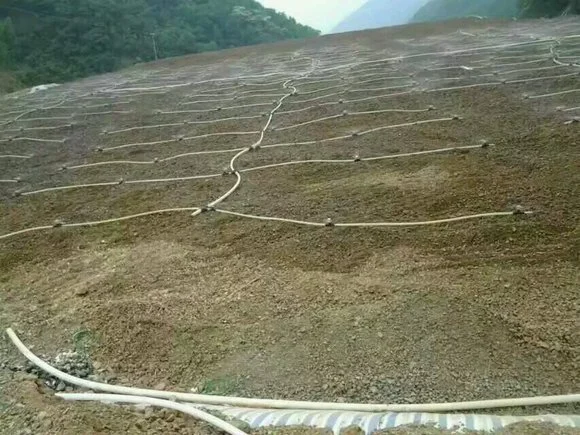


Online message consultation
Add comment: